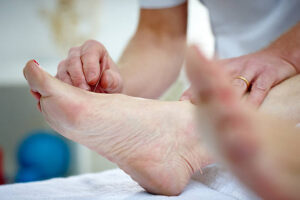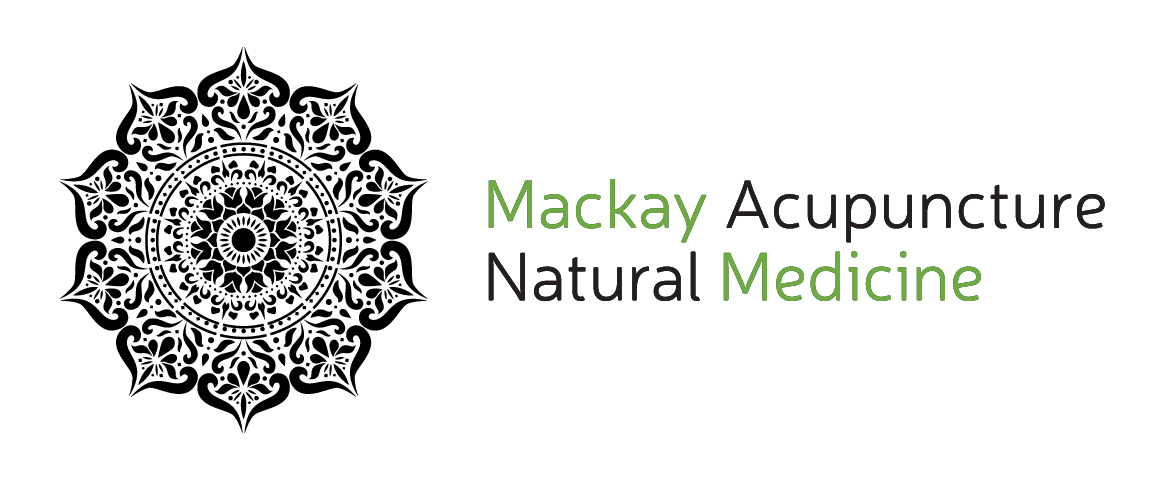
I often get asked these 4 questions by new patients
- Why do use only one needle?
- Why are you needling in a different area distal to the pain?
- Don’t more needles work better? When l go to the physiotherapist, osteopath, chiropractor, masseur or podiatrist they use lots of needles where the pain is locally.
- Don’t I get better value for money if you use more needles?
Many of my patients who have had dry needling with a health practitioner with 1 or 2 weekends training generally have a limited knowledge of Acupuncture. They have no understanding or training in the workings of the subtle energetic blueprint of consciousness, the invisible flow of qi (energy) and xue (blood), the 5 elements, yin yang branches and the 20 invisible subtle meridians. This ignorance of the depth of the energetic blueprint leads to the wrong understanding and misconception that more needles are better. Understanding the root cause of the disease, pain, or health issue allows a skilled practitioner to use only one needle with outstanding results.
The concept of using a single needle in acupuncture is most famously discussed in Chapter 1 of the Ling Shu (灵枢), sometimes referred to as “The Spiritual Pivot.” This text is one of the foundational works of Traditional Chinese Medicine and is considered a core part of the Yellow Emperor’s Inner Canon (Huangdi Neijing) and was completed about 2 BCE.
Chapter 1 of the Ling Shu: “The Fundamental Principles of Acupuncture”
In the opening chapter of the Ling Shu, there is a discussion about the art and philosophy of acupuncture. One of the key points in this chapter is the notion that a skilled practitioner can treat complex conditions using minimal intervention. This is where the idea of using one needle in certain situations is introduced.
The text emphasizes that acupuncture should be precise, subtle, and effective. It is not necessarily about the number of needles used, but rather the correct selection of points and the accuracy of their placement. It is noted that the master acupuncturist can use just one needle to achieve a therapeutic effect, rather than relying on multiple needles or a more complex approach.
The single needle technique reflects the principle of “effortless action” or “wu wei” (无为) in Chinese philosophy, which translates to achieving maximum results with minimal effort. This approach aligns with the Daoist principles that pervade much of Chinese medicine—emphasizing harmony, balance, and the natural flow of Qi (energy).
Key Themes from Chapter 1:
- Skillful Needlework: The effectiveness of acupuncture is not determined by the number of needles used, but by the precision of the practitioner. A single needle, properly placed, can balance the Qi and restore health.
- Minimalism: A seasoned acupuncturist’s wisdom lies in simplicity, and they know when to use more and when less is more. The ability to treat with one needle is a mark of true mastery.
- Understanding of the Qi: The practitioner must have a deep understanding of the patient’s condition and how to direct Qi to the correct location. The text suggests that one needle can suffice if the Qi is guided correctly, reflecting the principle that the body responds to the right stimuli with minimal external intervention.
Practical Implications
In clinical practice, the use of a single needle is seen in various specialized techniques, such as “one-needle acupuncture” (一针灸) or in some styles of “threading” acupuncture, where a practitioner may focus on a very targeted area of the body to address a specific imbalance. In these cases, the acupuncture point selected is carefully chosen for its significance, and the needle placement is exact, often using just one needle to achieve the desired therapeutic effect.
While the idea of using a single needle is discussed primarily in Chapter 1, this principle extends throughout the Ling Shu, where efficiency, balance, and the subtlety of the treatment are continuously emphasized.
Summary
Chapter 1 of the Ling Shu introduces the idea that a master acupuncturist, with a deep understanding of the body’s energetic system, can sometimes resolve complex health issues with a single needle. This reflects the broader principles of Chinese medicine, where less can often be more, and simplicity is often the path to the most profound results.

